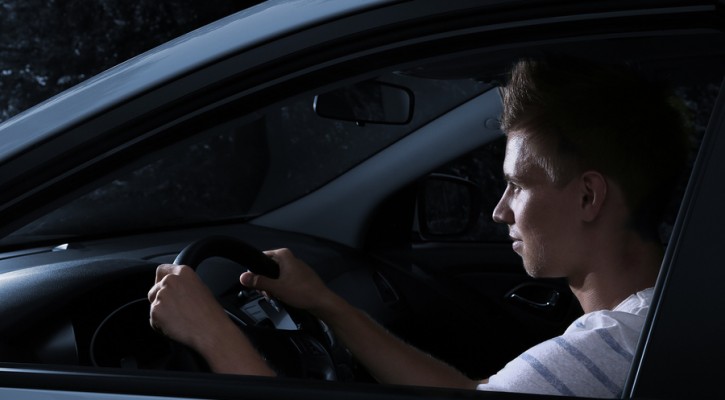
Five Worst Teen Driving Mistakes: Part Four
January 12, 2009
Most parents live in dread of the day their teens get a driver’s license and get behind the wheel alone. Their concerns are well-founded, since teen drivers have the highest death rates in car crashes of any age group. Motor vehicle crashes are the number one cause of death among Americans aged 15-20. But parents can help their teens be a safer driver even after they are licensed, particularly by paying attention to common risk factors.
In this five-part series, we’ll discuss the five worst teen driving mistakes:
- They don’t wear safety belts.
- They drink and drive.
- They panic/overcorrect in emergency situations.
- They drive too fast for conditions.
- They ride with other teens.
In this, part four of the series, we’ll discuss a frequent cause of collisions for teen drivers – driving too fast for conditions. In addition to succumbing to the lure of speeding on a straight, dry road, teens often fail to lower their speeds on hazardous roads or in dangerous weather conditions. They may compensate for heavy traffic by weaving in and out of traffic and braking more frequently instead of simply reducing speed.
Higher speeds reduce maneuverability, increase stopping distances, and decrease reaction time. Problems caused by increased speed are often magnified in adverse conditions, such as poor visibility or on wet or snowy roads. Teach your teen to be prepared to adjust speed for varying conditions and situations. Different traffic, roadway, and weather conditions can change the amount of time and space needed for slowing down while maintaining control of the vehicle.
Be sure to let your teen practice driving with you in the passenger seat in a variety of road and weather conditions, even after your teen has a driver’s license. Ask your teen to identify the roadway surfaces and conditions at the beginning of each lesson. If the weather changes while you are driving, be sure your teen responds appropriately. For example, if it is sunny when you start out but begins raining during your drive, make sure your teen reduces speed to accommodate the slippery road surface.
Make sure your teen maintains an appropriate following distance at all times. Check your driver handbook for the recommended following distance in your state. Teach your teen to add seconds to the minimum following distance for poor road conditions, bad weather, poor visibility such as in darkness or fog, or in any area where additional hazards are present.
Review the following points about speed with your teen:
- Speeding reduces a driver’s ability to steer safely around curves on the highway or avoid objects in the roadway.
- Speeding extends the distance necessary to stop the vehicle, increases the distance a vehicle travels while a driver reacts, and reduces the effectiveness of the vehicle’s safety features.
- The faster the vehicle is traveling, the greater the impact if the vehicle does crash. Inversely, the effectiveness of restraint devices like airbags and safety belts and vehicular construction features such as crumple zones and side member beams decline as impact speed increases.
- The probability of a disfiguring or debilitating injury or death increases with higher speed on impact.
- The economic cost to society of speeding-related crashes is estimated by the National Highway Traffic Safety Administration to be 40.4 billion dollars per year.
Make sure your home driver education program is complete; use a Driving Log to keep track of your teen’s progress.
Five Worst Teen Driving Mistakes: Part One
Five Worst Teen Driving Mistakes: Part Two
Five Worst Teen Driving Mistakes: Part Three
